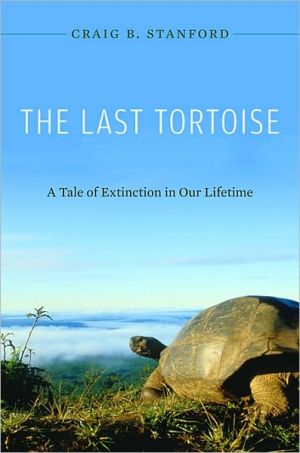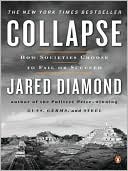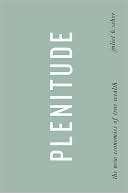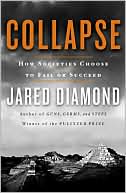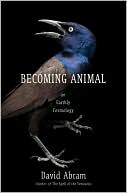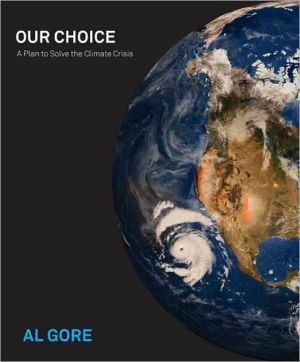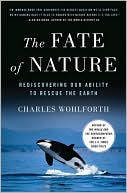The Last Tortoise: A Tale of Extinction in Our Lifetime
Tortoises may be the first family of higher animals to become extinct in the coming decades. They are losing the survival race because of what distinguishes them, in particular their slow, steady pace of life and reproduction.\ The Last Tortoise offers an introduction to these remarkable animals and the extraordinary adaptations that have allowed them to successfully populate a diverse range of habitats—from deserts to islands to tropical forests. The shields that protect their shoulders and...
Search in google:
Tortoises may be the first family of higher animals to become extinct in the coming decades. They are losing the survival race because of what distinguishes them, in particular their slow, steady pace of life and reproduction. The Last Tortoise offers an introduction to these remarkable animals and the extraordinary adaptations that have allowed them to successfully populate a diverse range of habitats—from deserts to islands to tropical forests. The shields that protect their shoulders and ribs have helped them evade predators. They are also safeguarded by their extreme longevity and long period of fertility. Craig Stanford details how human predation has overcome these evolutionary advantages, extinguishing several species and threatening the remaining forty-five.At the center of this beautifully written work is Stanford’s own research in the Mascarene and Galapagos Islands, where the plight of giant tortoise populations illustrates the threat faced by all tortoises. He addresses unique survival problems, from genetic issues to the costs and benefits of different reproductive strategies. Though the picture Stanford draws is bleak, he offers reason for hope in the face of seemingly inevitable tragedy. Like many intractable environmental problems, extinction is not manifest destiny. Focusing on tortoise nurseries and breeding facilities, the substitution of proxy species for extinct tortoises, and the introduction of species to new environments, Stanford’s work makes a persuasive case for the future of the tortoise in all its rich diversity. Greg Ross - American Scientist [Stanford's] reporting here is professional and remarkably thorough, but tinged with anger and sadness at the senselessness of the crisis.
The Tortoise and the Hare? 11 What Exactly Are Tortoises and Turtles? 102 Live Long and Prosper 353 No Respect for the Ancient Lands 624 Eating Tortoises 905 "Such Huge Defourmed Creatures" 1086 Beloved Captives 1397 Are There Solutions? 163Achilles and the Tortoise 181Appendix Extremes of the Tortoise World 189Appendix Tortoises on the Brink of Extinction 190Appendix Tortoise Species 191
\ American Scientist[Stanford's] reporting here is professional and remarkably thorough, but tinged with anger and sadness at the senselessness of the crisis.\ — Greg Ross\ \ \ \ \ \ ChoiceStanford utilized his expertise in primate anthropology and his field experiences with turtles in the Galipagos and Mascarene islands to produce an easily readable and exceptionally informative, if somewhat depressing, narrative on globally threatened turtles, collectively called tortoises.\ — E. D. Keiser\ \ \ \ Los Angeles TimesLongevity, toughness and wisdom are the qualities we associate with this iconic animal. Craig B. Stanford shows how their habitat is threatened and takes us to the markets where they are sold for food, as pets and even as soup bowls...He writes about conservationists and their efforts to combat extinction risk, but he is not hopeful: "Once the wild populations are virtually exterminated," a few will "hang on only in zoos and in the hands of wealthy private collectors. They will no longer be a species in the evolutionary sense. They will just be a scattered gene pool, a few protected, priceless animals locked up in cages." Here's a chance to know a little about them before they are gone.\ — Susan Salter Reynolds\ \ \ \ \ \ Times Higher EducationStanford writes in an engaging, storytelling style that speaks of his passion for the topic and his personal experiences both as a young naturalist and a seasoned biologist. He details the importance of tortoises to the various ecosystems they inhabit and builds a case for our need to be concerned about their declining population sizes, both from the standpoint of tortoise species and whole ecosystems.\ — Eleanor Sterling\ \ \
